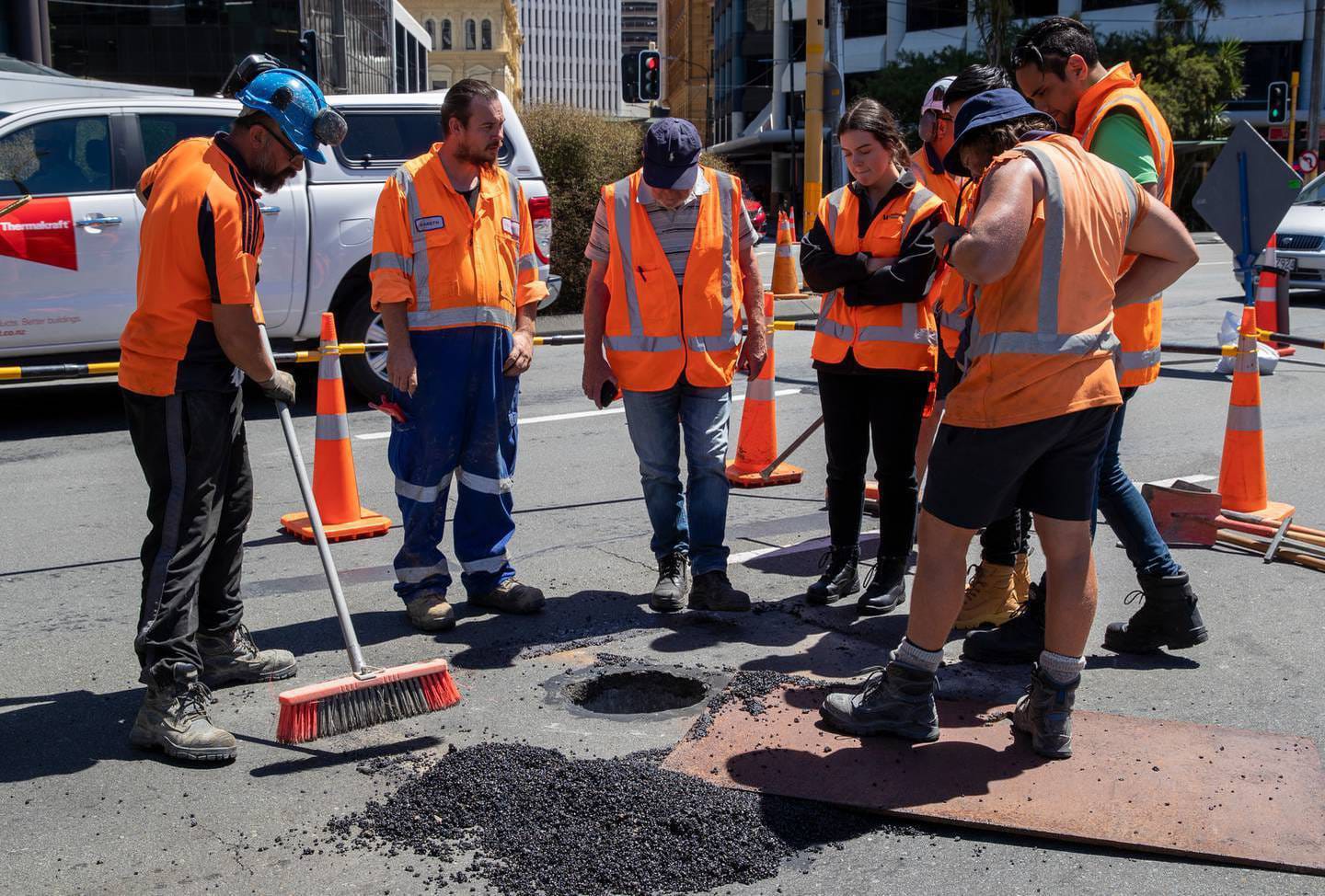Introduction: Protecting Wellington’s Hillsides
Wellington’s iconic hilly terrain is both a feature and a challenge. With over 4,000 retaining walls under its care, the Wellington City Council (WCC) plays a crucial role in protecting roads, homes, and public spaces. These structures safeguard the community by preventing landslides, stabilizing slopes, and supporting critical infrastructure. Yet, the scale and complexity of this task highlight both Wellington’s unique geological risks and the resilience of its planning systems.
Picture source: tasman-st-brick-wall/wellingtoncityheritage.org.nz
Why Retaining Walls Matter in Wellington
In a city shaped by hills and valleys, retaining walls are more than just structures—they are a lifeline. These walls help to:
1. Stabilise steep slopes in residential and commercial areas.
2. Protect key transport routes from landslides.
3. Support recreational spaces and urban development.
With heavy rainfall and seismic activity common in the region, these walls are vital for mitigating hazards and ensuring that Wellington remains a safe and livable city.
Maintenance Challenges in a Dynamic Environment
The responsibility of managing thousands of retaining walls requires constant vigilance. WCC faces several challenges:
Weather Impacts:
Wellington’s frequent storms and heavy rains accelerate wear and tear on retaining walls.
Seismic Risks:
Earthquakes can shift ground structures, creating new vulnerabilities.
Aging Infrastructure:
Many of the city’s retaining walls were built decades ago, requiring updates to meet modern safety standards.
To tackle these challenges, WCC conducts regular inspections, schedules maintenance, and prioritises repairs on high-risk walls. Advanced monitoring systems and engineering solutions are also being explored to make the infrastructure more resilient.
The Big Slips: Stories of Recovery and Resilience
Retaining walls often come into the spotlight during major slips. Two notable examples include:
Ngaio Slip (2017):
Heavy rains triggered a significant landslide, disrupting traffic and endangering nearby homes. Quick action from contractors ensured the area was stabilised, but the incident highlighted the ongoing risks posed by Wellington’s geology.
Picture source: https://www.geonet.org.nz
Karori Slip (2021):
A landslide in this busy residential area led to substantial damage and complex repairs. The response showcased WCC’s ability to coordinate with contractors and deliver timely solutions.
Picture source: https://www.geonet.org.nz
These incidents demonstrate the essential role retaining walls play in community safety. They also underline the need for ongoing investment in maintenance and innovation.
Partnerships with Contractors: Downer and Fulton Hogan
WCC collaborates with major contractors like Downer and Fulton Hogan to manage and maintain its retaining walls. These partnerships allow the Council to access specialist expertise and respond quickly to emergencies. Notably:
Downer: Handles a range of infrastructure projects, bringing technical experience and local knowledge to retaining wall repairs.
Fulton Hogan: Plays a dual role, maintaining walls for WCC while also managing Wellington Water. This overlap raises questions about potential conflicts of interest, especially when ratepayers seek assurance of fair value and transparency.
Fulton Hogan and Wellington Water: A Closer Look
Fulton Hogan’s involvement in both retaining wall maintenance and Wellington Water operations is a point of interest for many residents. Critics suggest that such arrangements require robust oversight to avoid conflicts of interest. Supporters argue that streamlined services can deliver cost savings and improved outcomes.
Picture source: Nzherald
WCC has committed to ensuring accountability by maintaining clear procurement processes and setting performance benchmarks. Independent audits and regular reviews of contracts help to reassure ratepayers that their money is well spent.
Value for Money: Transparency and Trust for Ratepayers
Managing 4,000 retaining walls is a significant investment. WCC allocates funding carefully, focusing on:
High-Risk Areas: Prioritising walls in geologically unstable zones.
Preventative Maintenance: Investing in long-term solutions to reduce repair costs.
Public Communication: Sharing updates and explaining decisions to build trust.
Ratepayers want to know that their contributions are used effectively. WCC’s efforts to enhance transparency, including publishing budget allocations and contractor performance reviews, have been well-received.
Innovations in Retaining Wall Management
Modern technology is transforming how WCC approaches retaining wall maintenance:
Real-Time Monitoring:
Sensors on high-risk walls track ground movement and weather impacts.
Predictive Analytics:
Data from past slips is used to predict future risks and plan interventions.
Sustainable Materials: New retaining walls are built with eco-friendly materials to reduce environmental impact.
These innovations not only improve efficiency but also demonstrate WCC’s commitment to sustainability and safety.
Conclusion: A Strong Foundation for the Future
The story of Wellington’s retaining walls is one of resilience, innovation, and community care. WCC’s management of over 4,000 walls reflects the city’s proactive approach to tackling geological challenges. Through strategic partnerships, transparent processes, and cutting-edge solutions, Wellington continues to build a safer and more stable future.
TRUTH SEEKER
Instantly run a Quiz with friends... about the article. Interact more & analise the story. Dig in, catch out biased opinions, and "fact check" with TRUTH SEEKER by ONENETWORK WELLINGTONLIVE 👋
Do you agree with the main argument of this article?
Total votes: 0
What are the main purposes of retaining walls in Wellington?
Bias Analysis
Fact Check Summary
True, as mentioned in the article.
Source: Article
True, as stated in the article.
Source: Article








